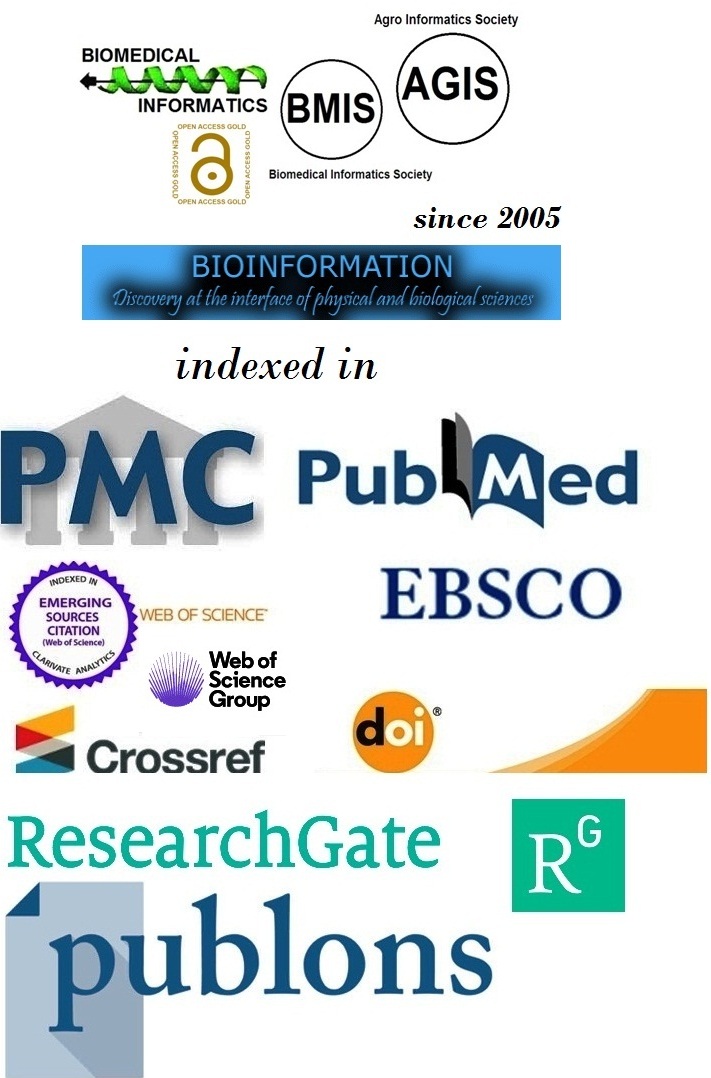Title
Authors
Radhika Chikatipalli1, Anitha Kuttiappan2, Sanjeev Kumar3, R. Vishali1, Priyanka Kujur1, N.A Afsal1, K.R Poojitha1 & Santenna Chenchula4,*
Affiliation
1Department of Pharmacology, Sri Venkateswara College of Pharmacy, Chittoor, India; 2SVKM’S NMIMS, School of Pharmacy and Technology Management, Shirpur, India; 3Department of Pharmacology, People’s College of Medical Sciences & Research Centre, Bhopal, India; 4Department of Pharmacology, All India Institute of Medical Sciences, Bhopal, India; *Corresponding author
Radhika Chikatipalli - E - mail: drradhika@svcop.in
Anitha Kuttiappan - E - mail: kuttiappananitha@gmail.com
Sanjeev Kumar - E - mail: sanjeevky11@gmail.com
R. Vishali - E - mail: rvishalipbl@gmail.com
Priyanka Kujur - E - mail: impriyankapb@gmail.com
Afsal N.A - E - mail: afsalna906@gmail.com
K.R. Poojitha - E - mail: poojitharamaiah@gmail.com
Santenna Chenchula - E - mail: csanten7@gmail.com
Article Type
Research Article
Date
Received November 1, 2024; Revised November 30, 2024; Accepted November30, 2024, Published November 30, 2024
Abstract
Cardiovascular diseases (CVDs), encompassing conditions like coronary artery disease, hypertension, and ischemic heart disease, are highly prevalent worldwide. This study analyzed prescribing trends and treatment appropriateness in CVD patients, focusing on adherence to guidelines, essential medicine use, and generic drug prescriptions. A cross-sectional observational study was conducted on CVD-diagnosed patients. Data on prescribed medications—including drug classes, generic prescriptions, and adherence to the Essential Drug List (EDL)—were collected and analyzed using IBM SPSS version 26.0. The most frequently prescribed drug classes included antiplatelets, diuretics, and hypolipidemics. Aspirin was the most commonly prescribed medication (58.1%), followed by furosemide (36.5%), amlodipine (32.4%), and rosuvastatin (24.3%). Statins and calcium channel blockers were prescribed more often than angiotensin II receptor blockers and beta-blockers. On average, 13.2 drugs were prescribed per patient, with only 28.8% prescribed generically. Furthermore, 47.3% of medications were on the EDL. This study highlights the high prevalence of CVDs and the common drug classes prescribed to manage them. These findings provide important insights into current prescribing trends, particularly the frequent use of anti-hypertensive, antiplatelets, diuretics, and hypolipidemics, and suggest areas for optimizing medication management in this population. Additionally, there is a need to better manage polypharmacy in CVD patients.
Keywords
Cardiovascular diseases, rational drug use, prescription pattern analysis, essential drug list, drug utilization, WHO core drug use indicators
Citation
Chikatipalli et al. Bioinformation 20(11): 1582-1587 (2024)
Edited by
P Kangueane
ISSN
0973-2063
Publisher
License
This is an Open Access article which permits unrestricted use, distribution, and reproduction in any medium, provided the original work is properly credited. This is distributed under the terms of the Creative Commons Attribution License.
